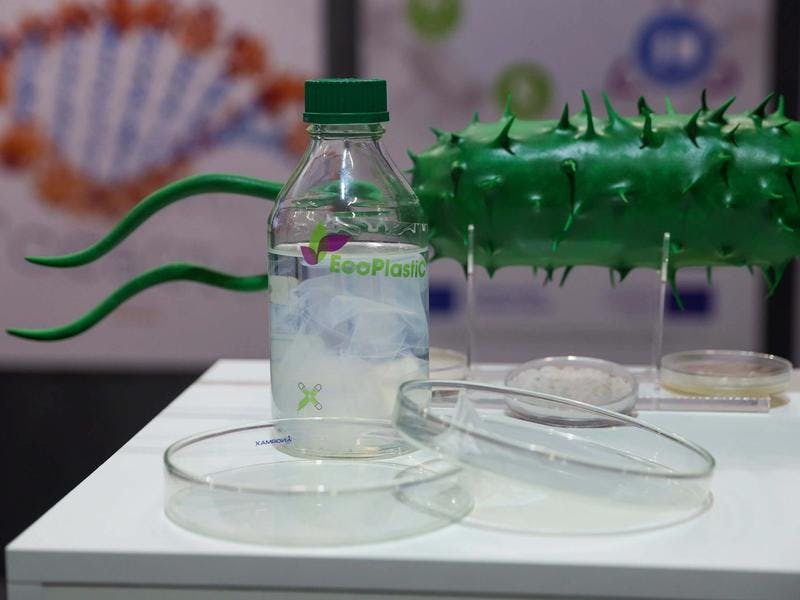IMGGE presents EcoPlastiC at the 65th International Technical Fair in Serbia

Technology has never had more influence on our present and future than it does today. Its development impacts equally humankind and the environment, which is why we must direct it toward solving global challenges in environmental protection, green transition, sustainable development, medicine, agriculture, energy, climate change, and others.
Bacterial nanocellulose: an eco-innovative material
Bacterial nanocellulose (BNC) has garnered significant attention since the discovery of its remarkable mechanical properties. This eco-innovative nano-biomaterial can be obtained in two primary forms, depending on the production conditions:
- membranes during static fermentation or
- suspended pellets during agitated fermentation.
The unique qualities of BNC, including its superior chemical purity, high crystallinity, biocompatibility, and ultrafine network architecture, make it a versatile material with diverse applications in various fields.
One of the key areas where BNC finds extensive use is biomedicine. Its biocompatibility and resemblance to natural extracellular matrix make it an ideal material for tissue engineering, wound healing, and drug delivery systems. BNC's ultrafine network architecture allows for excellent control over pore size and distribution, enabling efficient nutrient diffusion and cell proliferation. Moreover, its mechanical strength and flexibility make it suitable for developing scaffolds to support tissue regeneration.
In addition to biomedicine, BNC also finds applications in functional devices. Its excellent mechanical properties, such as high tensile strength and toughness, make it a suitable candidate for flexible electronics, sensors, and actuators. BNC-based films can be used as protective coatings, offering enhanced barrier properties against moisture, gases, and UV radiation. The unique combination of strength, flexibility, and barrier properties makes BNC an attractive material for various functional device applications.
Water treatment is another area where BNC has shown promise. Its ultrafine network structure and high surface area enable efficient adsorption of contaminants, making it useful for water purification and filtration systems. BNC membranes can effectively remove heavy metals, dyes, and organic pollutants from water, providing a sustainable solution for environmental remediation.
Furthermore, BNC serves as a valuable nano-filler in composite materials. Its high aspect ratio and ability to form strong hydrogen bonds with other polymers enhance the mechanical properties of composites. BNC-based composites find applications in industries such as automotive, aerospace, and packaging, where lightweight and high-performance materials are in demand.
An intriguing aspect of BNC is its potential role in the circularization of polymeric materials. If BNC is obtained from pre-treated plastic waste, it represents an eco-innovative and sustainable solution. Incorporating BNC into plastic composites, not only adds strength and functionality but also contributes to reducing the environmental impact of plastic waste. This approach aligns with the principles of the circular economy by promoting the reuse and recycling of materials.
The 65th International Technical Fair in Serbia
At the 65th International Technical Fair in Belgrade (Serbia), visitors could get acquainted with new technologies and technological achievements and get an idea of global development paths and trends, including the EcoPlastiC project. More than 13.000 curious visitors were introduced to the good bacteria that could help us solve the worldwide problem of plastic waste.
Our partners from IMGGE were participants and exhibited tangible results from the project, such as films of bacterial nanocellulose, bacterial PHA (polyhydroxyalkanoate) beads, as well as various plated bacterial strains capable of digesting mixed plastics.